The year 2020 has nearly come to an end, and it passed by in a blink of an eye in a way we never expected. With the pandemic affecting everyone around the world, 2020 has brought a new challenge to every aspect of business, including digital marketing. Digital marketers are pushed to their limits to come up with an out-of-the-box strategy in order to keep their business afloat, and this resulted in new marketing trends.
In 2021, we can expect digital marketing to spearhead most business strategies. The trends that we see in 2020 will most likely evolve and be brought over to the new year. In fact, we have listed 5 digital marketing trends that will boom in 2021 and the reasons why you should incorporate them into your very own marketing plans.
1. Video Advertising on Social media
We have witnessed many changes and updates on social media platforms this year, and it is a big improvement for marketers. From Instagram Reels to Twitter’s Fleets, each platform worked endlessly to put out the best features where users can express themselves through videos.
This is not only for the individual user, but is also a huge opportunity for brands to use this to their advantage in their marketing plans. Not only promote products but also to engage with the community. Video advertising can, however, help to explain about your product or service in a better way than most other formats.
2. Artificial Intelligence (AI) for Business
When we talk about AI, we all agree that it is something that will occur in the future. But in fact, AI has been used in the industry for years, not only in terms of technology development but also for business as well.
AI has been implemented in different ways all across the marketing process — just look at AI for content marketing for instance! With advanced software and hardware development, it would not be a surprise to see AI as an integral part of many brands’ marketing strategy in 2021.
3. Google-verified listing for local search engine optimisation (SEO)
Local small-owned businesses are arguably the ones that faced the hardest time fighting against this pandemic. Having a presence on the Google My Business profile is the best way for such businesses to have a digital presence — even if they are not previously active on any digital platform.
Having a profile on Google My Business gives you more visibility to users searching for a particular product or service that you offer by suggesting your shop’s geographical location to them. It is also important to verify your Google listings and keep them up to date to ensure visitors see the most recent and relevant content to them. Such a profile will also help local businesses ensure a better chance of making it as the top search result on Google.
4. Voice search
The rapid development of Google Home services, Alexa and Siri has made our life easier by using voice-controlled technology to perform various actions. Next year, it is possible for business and marketer to optimize their presence for voice search. Features sich as using natural-sounding language, forming queries into question phrases, targeting long-tail keywords, and having a mobile-friendly website will ensure easy usage for consumers using voice search.
5. Social E-Commerce
We have seen the shopping tabs features added on Instagram and it surely helps businesses to promote their product. The latest addition sees the shop tags included in Instagram’s Reels videos as well. This not only allows brands to engage with their community but also for the community to shop directly from the video.
Linkedin is another platform which has also included a new function, the ‘Products’ tab, on company pages, which helps them to highlight their featured products. This update, coupled with the increasing amount of time people spend on social media, is a great opportunity for businesses to spread their presence across all available platforms.
These five trends listed above might not encompass the entire spectrum of trends for digital marketing that will happen in 2021, but they are worth watching for and perhaps even to adapt to them. These trends can help your business grow in terms of increased site traffic, lead generation, or increased sales, to name a few.
At the end of the day, businesses need to adapt with the upcoming trends and come up with a bulls-eye strategy in order to succeed in their marketing. Defining the perfect marketing strategy might be hard for some businesses, but there is always a way. As a digital creative agent, MIU helps businesses find their way toward success. Want a more detailed and tailored approach for your business to welcome 2021? Contact us now!


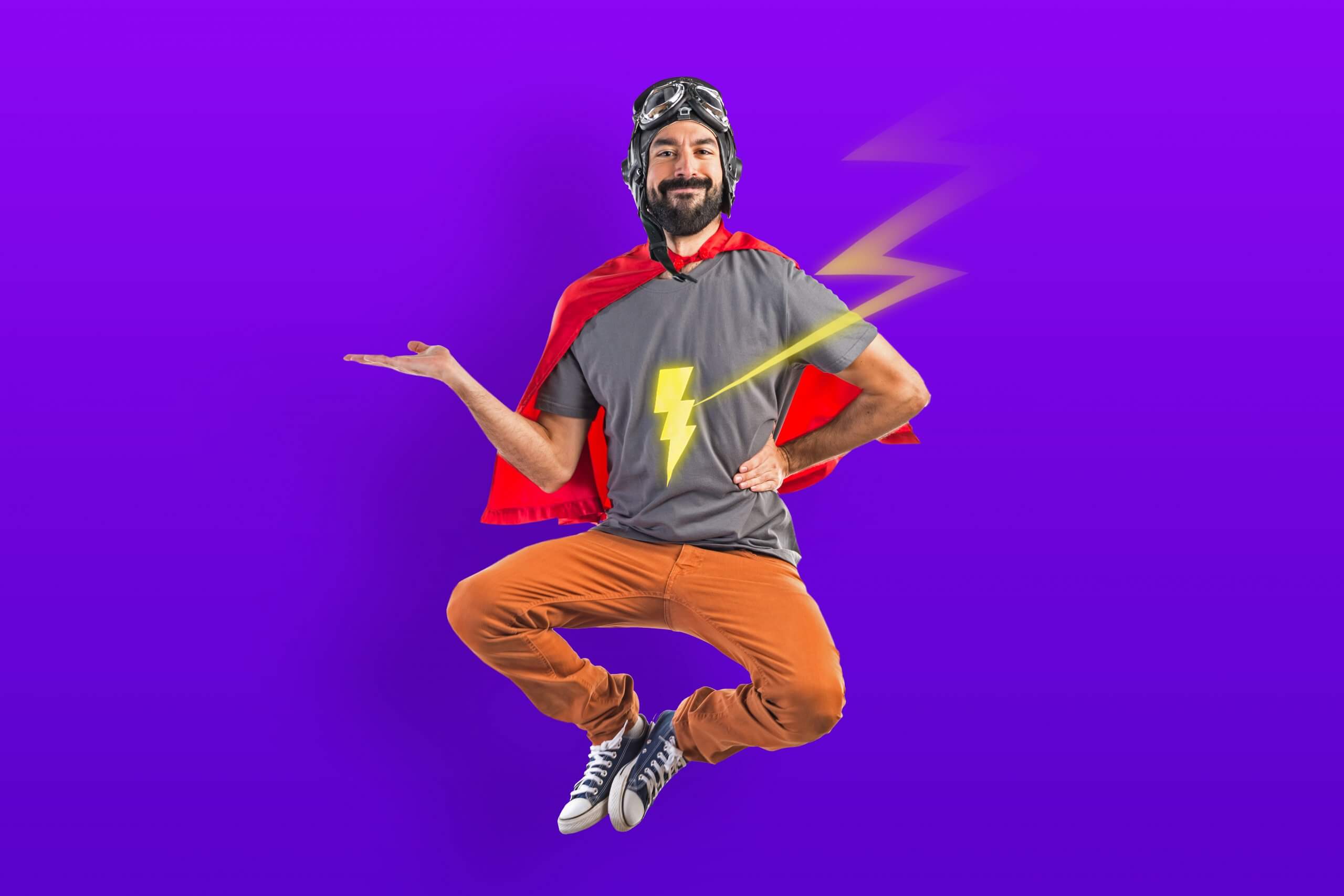

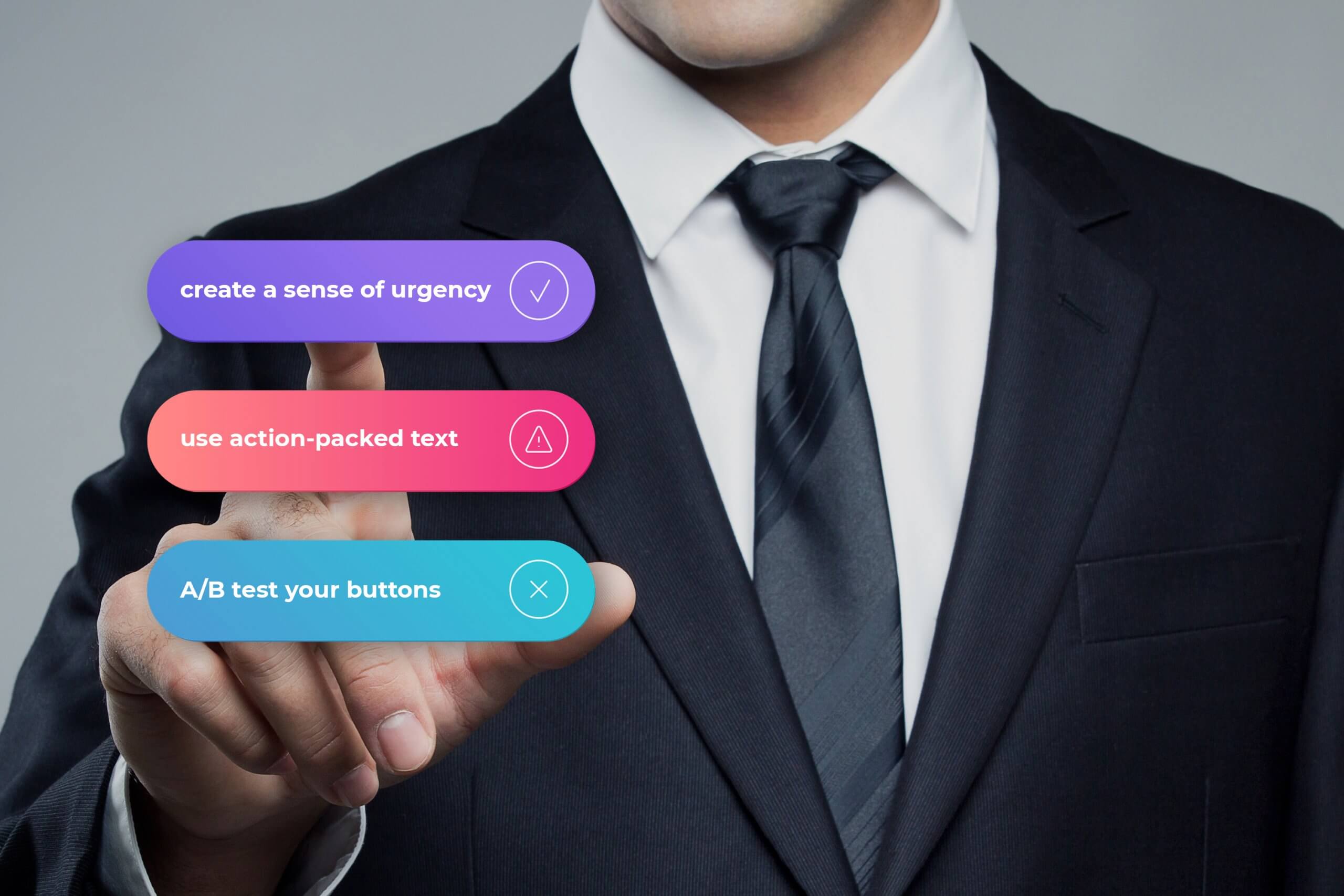
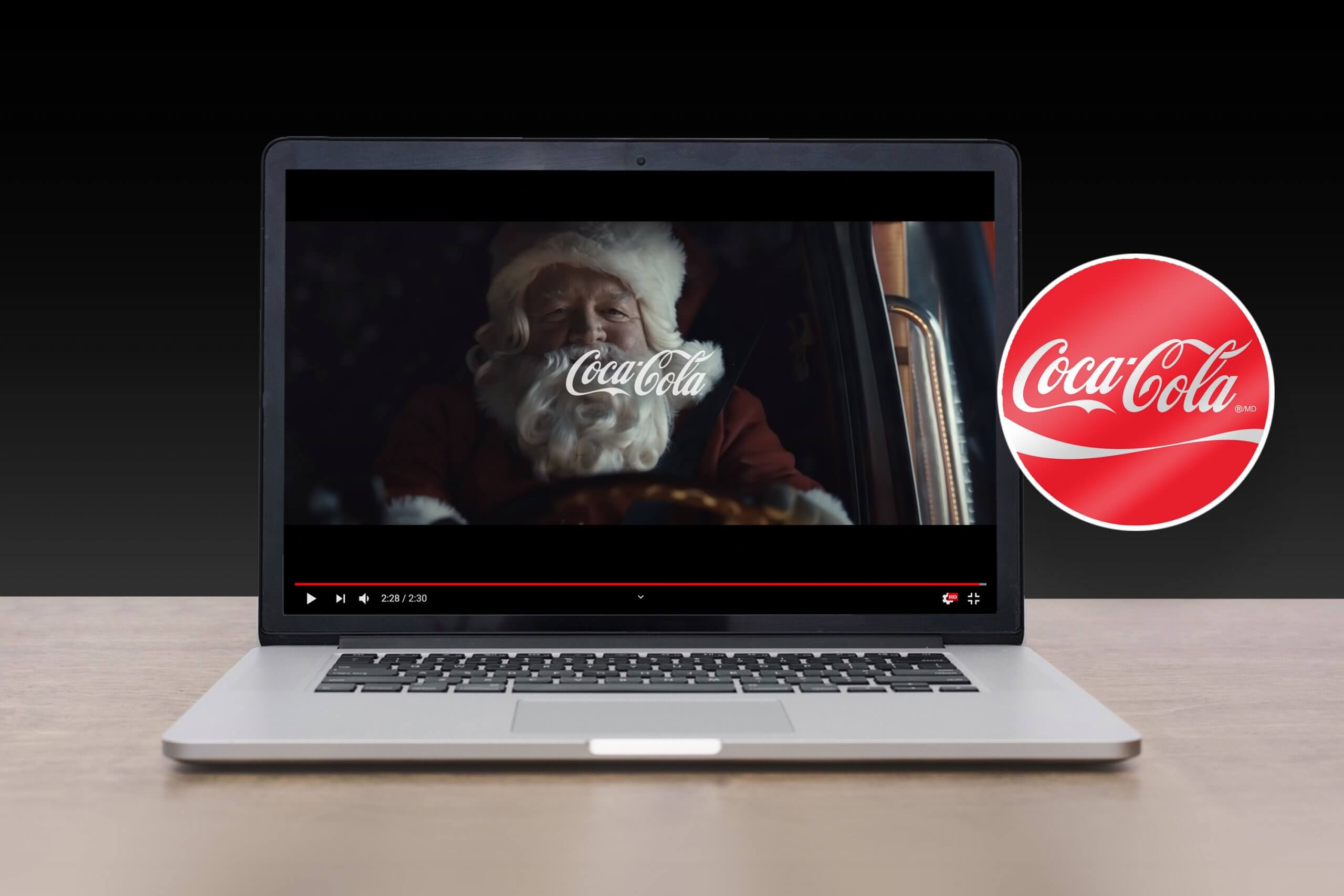
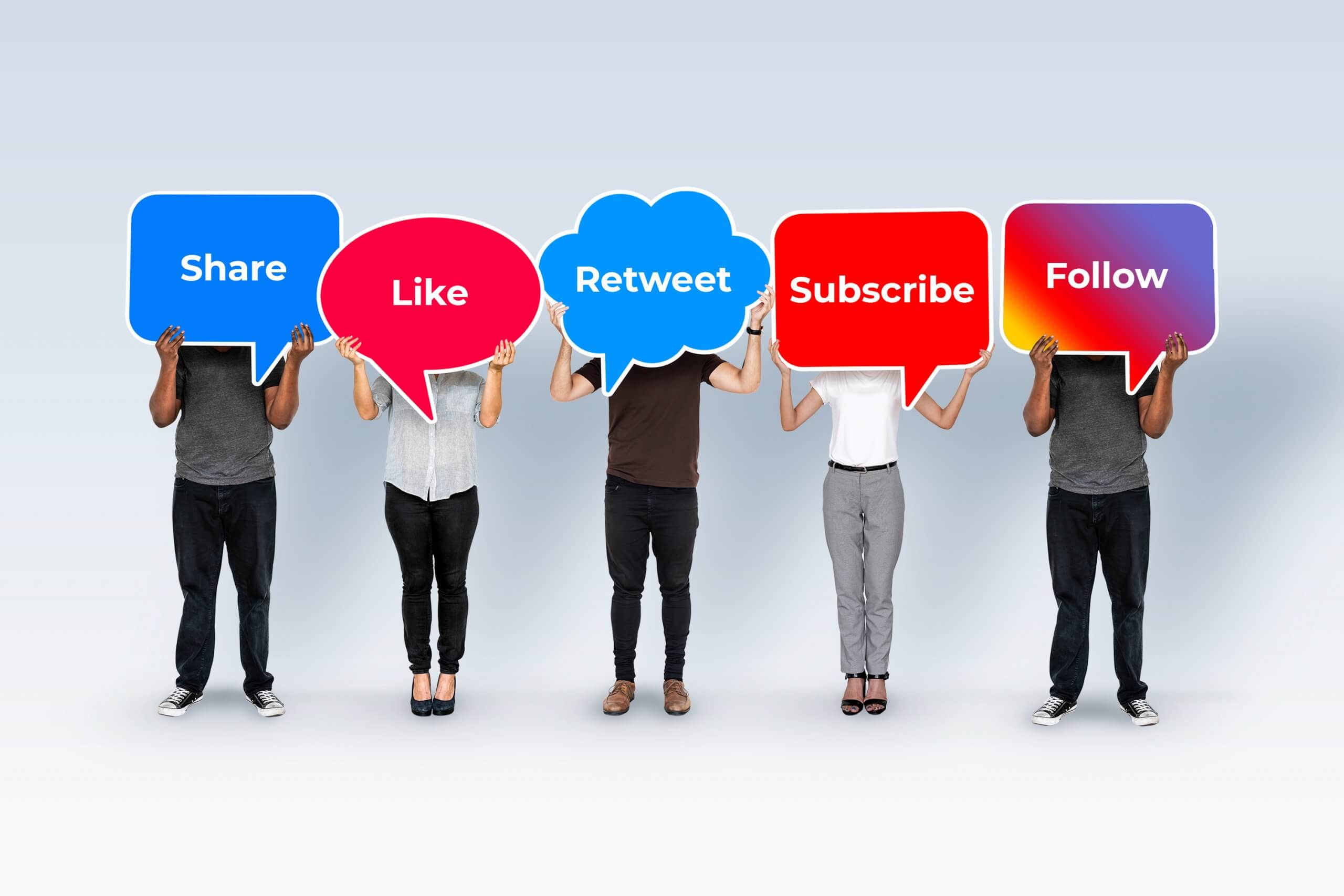
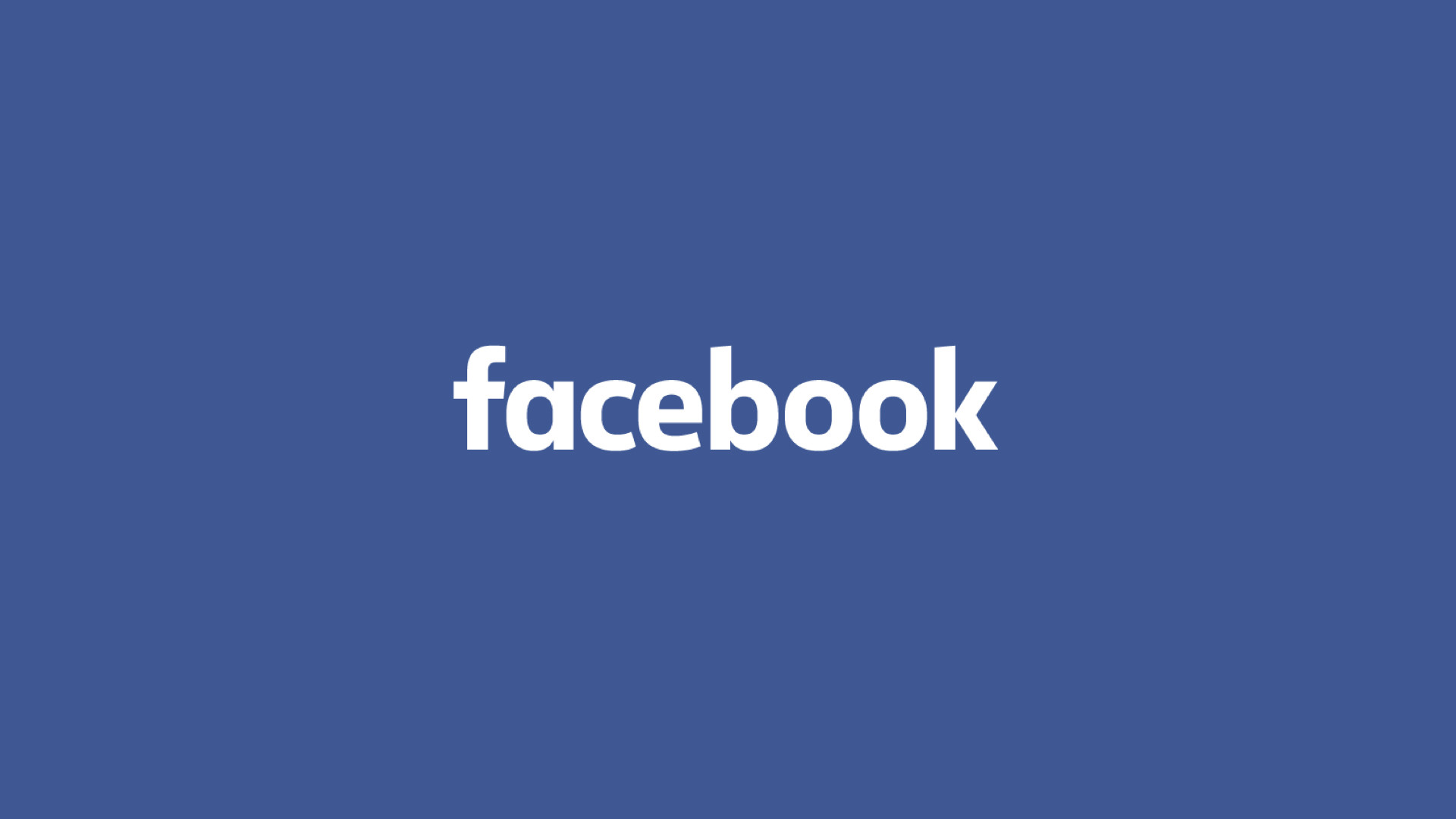




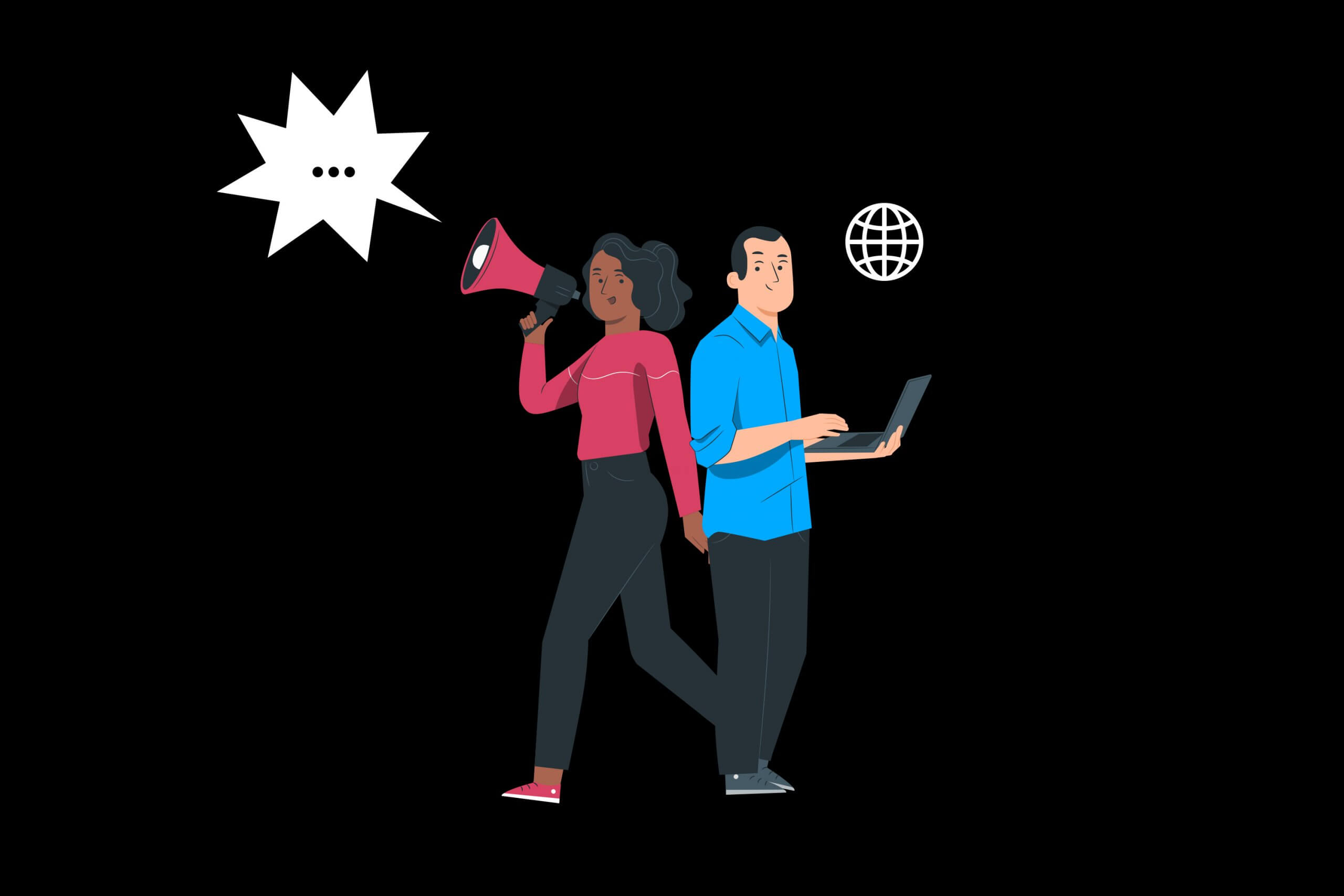

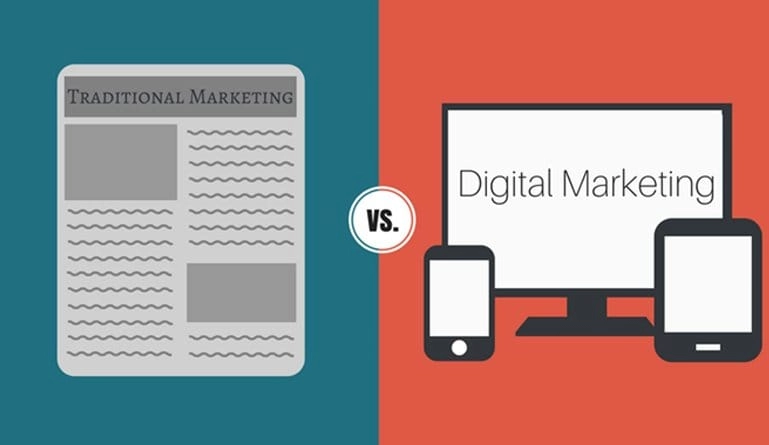








 Branding
Branding Digital Strategy
Digital Strategy PR & Communications
PR & Communications